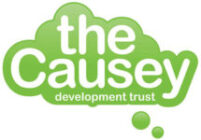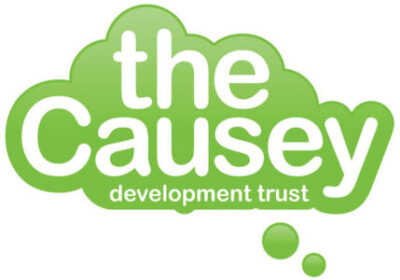Frequently Asked Questions
Introduction: Creating an attractive and accessible environment
The project seeks to transform The Causey from a barren area of urban space into an attractive and appealing ‘place for people’. Designed to address the needs of all users, The Causey project seeks to enhance quality of environment and place whilst better balancing the needs of pedestrians, cyclist and vehicle movement.
How will the design work for pedestrians?
The pedestrian environment will be greatly improved to give:
- Open access across the whole of The Causey ‘triangle’;
- Wider pavements, reduced road widths and slower traffic speeds supporting safer road use and crossing;
- A new zebra crossing on Chapel Street;
- New hard surfacing enhancing the ‘pedestrian experience’ for all passing through or spending time in The Causey;
- Layout and detailing will seek to provide an inclusive design addressing the accessibility needs for all users.
How will the design work for cyclists?
Cyclists will benefit from a new two-way cycle access along West Crosscauseway, improving on the current one-way east-to-west access. There will be mandatory cycle lanes on the section of Chapel Street passing through The Causey triangle; vehicles, parking and loading are prohibited within these lanes. A crossing point for cyclists is also provided with a new Toucan Crossing on Nicolson Street, linking West Crosscauseway eastwards to the wider city centre cycle network.
How will the design work for vehicles?
West Crosscauseway will remain as a one-way through road, with the direction of travel changed from west to east. This change seeks to discourage all but essential traffic and improve safety at the Nicolson Street junction. A right turn ban from this junction will improve safety on the toucan crossing and no entry from Nicholson Street will prevent vehicles accelerating to make the turn into West Crosscauseway when lights are on red. Access to Quarry Close is retained, together with through access for refuse collection. Access to the triangle will be permitted for emergency vehicle access/essential maintenance only, through an arrangement with the Council.
How will car parking be affected?
To increase pavement widths and form a vehicle free central triangle, the six permit parking spaces in West Crosscauseway are relocated to the east end of Buccleuch Place. Sunday parking along the west side of Chapel Street will be prohibited over mandatory cycle lanes.
Disabled parking will always be permitted within the loading bays.
How will loading and ‘drop off’ work for Churches and residents?
A loading bay is provided directly in front of the Chapel of Ease, inside the mandatory cycle lane on Chapel Street. A similar arrangement for Buccleuch and Greyfriars Church is provided adjacent to the bend at the west end of West Crosscauseway. Loading bays are available for 24-hour use, all days of the week, for loading/unloading purposes
How will the design affect local businesses?
Local businesses will benefit significantly from higher footfall and greater pedestrian activity that the improved street environment and increased pavement space will bring. There will be improved access for loading within the new designated bays providing for unrestricted loading/unloading 24hrs a day, 7 days a week.
What are the arrangements for refuse collection?
Refuse vehicles will have unrestricted one-way access to West Crosscauseway. Communal refuse bins will be sited at the wider section of pavement on the east end of the street, and at the junction of West Crosscauseway and Buccleuch Street.
Is any of the space a ‘shared space’?
The term ‘shared space’ applies to areas of urban space where there is a continuous surface accessible to vehicles, bicycles and pedestrians with no defined footway, cycleway or carriageway. The Causey is not to be a ‘shared space’.
There will be a low kerb 25-50mm in height, differentiating between pedestrian areas and carriageway. Kerbs are at this height to ensure guide dogs will recognise the road edge, and are profiled for ease of wheelchair access and will be contrasting in colour to help with visibility for those with sight impediment.
Why do Chapel Street & West Crosscauseway have ‘raised tables’?
The raised road surfaces are there as a means of significantly reducing traffic speed, building a better sense of connection to all sides of the triangle, and helping to form a single, more unified space in line with the original aims of The Causey project.

